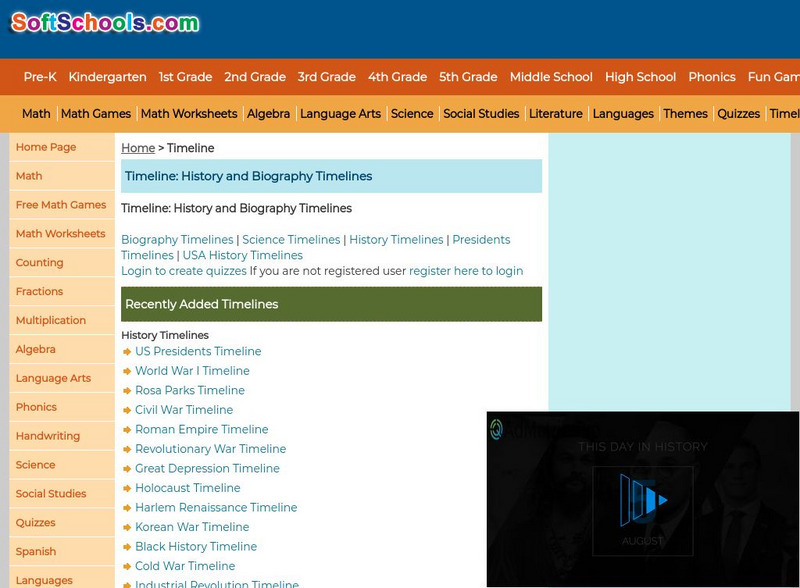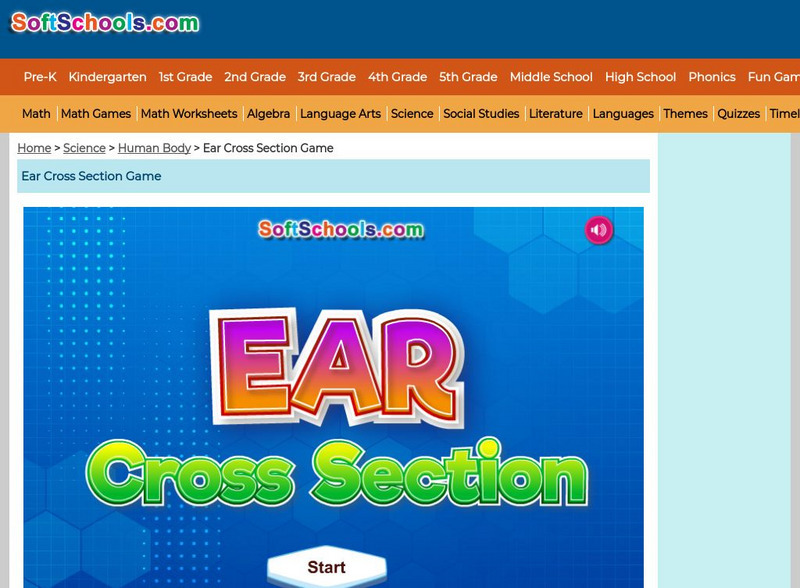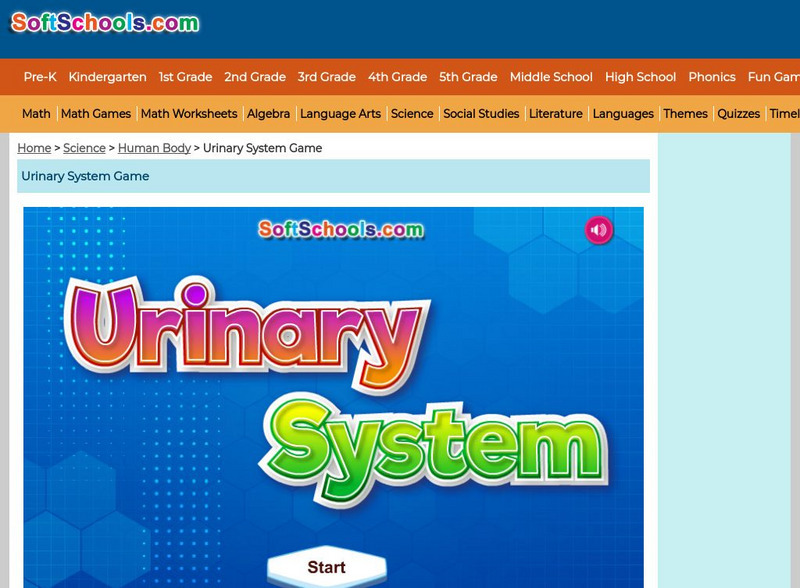Hi, what do you want to do?
Soft Schools
Civil Rights
Informational text about the Civil Rights Movement challenges young historians to prove their reading comprehension skills with six multiple choice questions. After answers are submitted a new screen displays a score,...
Soft Schools
Plot — 3rd or 4th Grade
After reading a version of "The Tortoise and the Hare," scholars complete a plot diagram. They pinpoint the tale's beginning, rising action, climax, falling action, and ending.
Soft Schools
Practice with Poetry
William Shakespeare's Sonnet 138 is the focus of a reading comprehension exercise that asks readers to answer to five questions using evidence drawn from the poem to support their response.
Soft Schools
Practice Reading Poetry
Identify the rhyme scheme in a worksheet that features "Mary Had a Little Lamb." Readers use the nursery rhyme to reinforce poetic elements in four comprehension questions.
Soft Schools
Onomatopoeia in Literature
Identifying onomatopoeia is one thing; making an inference about the significance of the sound is more advanced. Young poets read a literary passage and identify the examples of onomatopoeia in each before naming the...
Soft Schools
Onomatopoeia
Drip drop goes the raindrop. Quack quack goes the duck. What other words have sounds? Reinforce the concept of onomatopoeia in a instructional activity in which young poets identify animal sounds and items that make a given sound.
Soft Schools
Metaphor and Similes in Literature: A Challenge
After identifying the similes and metaphors in a series of lines from poems, individuals then explain what is being compared and the characteristics the two items share.
Soft Schools
Rewriting Similes and Metaphors
As part of a study of comparison, kids transform similes into metaphors and metaphors into similes.
Soft Schools
Similes and Metaphors
Do your kids a little more practice identifying similes and metaphors? This worksheet can be used as extra practice, for homework, or as part of a group activity
Soft Schools
Metaphors: Understanding Comparisons
Here's a metaphor worksheet that asks kids to identify the two things being compared and then to explain the similar characteristics that are being identified.
Soft Schools
Interpreting Metaphors in Shakespeare
"All the world's a stage, and all the men and women merely players." Shakespeare provides the examples on this worksheet that asks readers to identify the two things being compared and to explain the characteristics the two share.
Soft Schools
Metaphors: Identifying Comparisons
My mother is a flower. John is a cheetah. Introduce kids to metaphors with a series of sentences that asks them to identify the two things that are being compared.
Soft Schools
Long Division Worksheets
They say practice makes perfect. If that's the case then these worksheets will have young mathematicians perfectly solving long division problems in no time.
Soft Schools
Multiplication Table
Use the multiplication table as an aid for young mathematicians who are learning their multiplication facts. Children can explore the concept of multiplication by using the factors in the far left column and the top row to determine a...
Soft Schools
Soft Schools: Periodic Table
This interactive periodic table of elements allows students to click on each element, and read essential information about that element. Chemical elements are also listed alphabetically for quick reference.
Soft Schools
Soft Schools: English Grammar: Relative Pronouns
A good review of relative pronouns, followed by an eight-question quiz.
Soft Schools
Soft Schools: Timelines: History and Biography Timelines
Need a timeline for the Bronze Age or the History of Football? Look no further. Find an exhaustive assortment of interactive timelines.
Soft Schools
Soft Schools: Science Games: The Parts of the Microscope
Look closely and see if you can identify the various parts of the microscope.
Soft Schools
Soft Schools: Animal Classification Game
Decide whether an animal is an amphibian, insect, mammal or reptile with this interactive classification game.
Soft Schools
Soft Schools: Ear Cross Section
An interactive labeling exercise on parts of the human ear.
Soft Schools
Soft Schools: Kidney Cross Section Game
Test your knowledge of the human kidney with this interactive labeling exercise.
Soft Schools
Soft Schools: Urinary System Game
Test your knowledge of the human urinary system with this interactive labeling exercise.
Soft Schools
Soft Schools: Brain Cross Section Game
An interactive labeling exercise helps students practice naming parts of the human brain.
Soft Schools
Soft Schools: Heart Cross Section Game
Test your knowledge of the human cardiac muscle with this interactive labeling exercise for the heart.




























